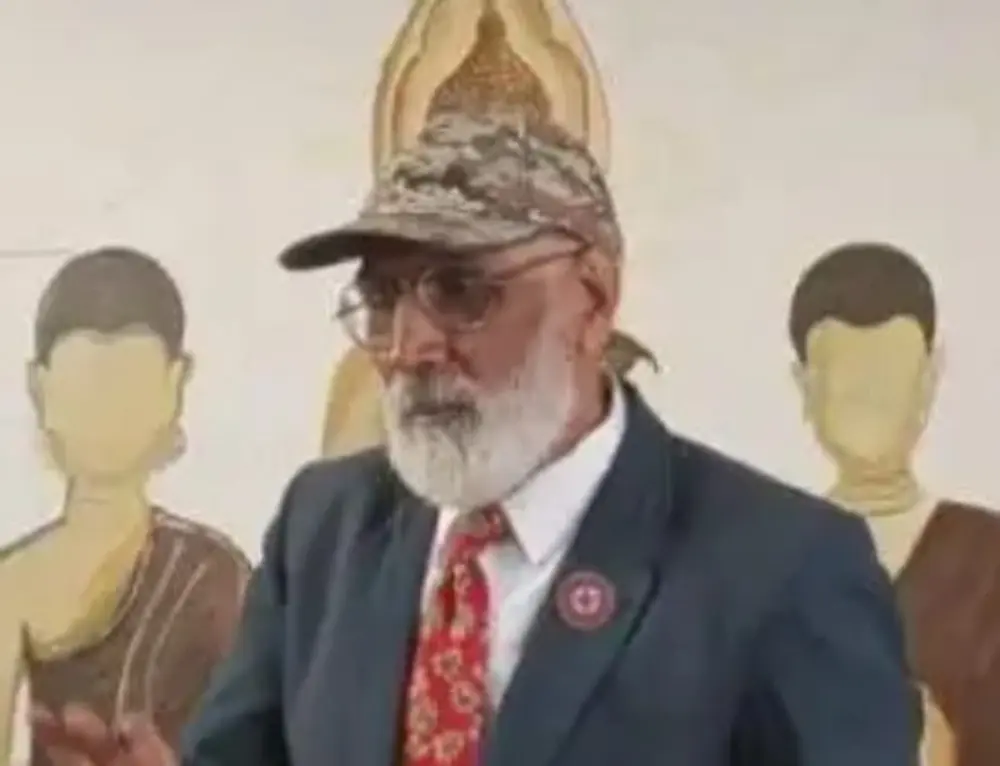
Be a helping angel to save the victims by giving priority to your safety and rescue during floods and disasters.
Patiala:- During natural and human disasters, wars and floods, hundreds of people are dying during the incidents of hundreds of people because often with enthusiasm, courage and courage, the helping youth are trying to rescue the victims at the accident sites without training, practice and necessary rescue equipment.
Patiala:- During natural and human disasters, wars and floods, hundreds of people are dying during the incidents of hundreds of people because often with enthusiasm, courage and courage, the helping youth are trying to rescue the victims at the accident sites without training, practice and necessary rescue equipment.
While giving training to the soldiers in the Army, it is explained that the things learned carefully during the training and the sweat shed while doing practical mock drills and exercises prove to be helpful for their safety and helping the victims during disasters and wars and prove to be helpful in saving precious lives. It saves them from dying and shedding blood on the battlefield.
Therefore, it is important that during the training of safety rescue and rescue transport, life-saving training exercises should be learned very carefully by practicing them.
During floods, victims cannot be rescued from very fast flowing water by using life saving jackets. The use of life saving jackets will prove helpful in tanks or swimming pools, but never during floods where the dirty flood water is flowing at a speed of 60/70/80/90 per hour. Traffic police personnel also never stop vehicles by standing in the center of the National Highway because vehicles coming at a speed of 80/90/100 or more or flood water, stop or take those who are being rescued along with them.
Therefore, it is important that ropes should be used to rescue people who are being swept away during floods. Ropes, branches, sticks, and basa can also be used to rescue victims from standing or gently flowing water. For this purpose, it is very important that the ropes, branches, and basa are tied in knots from one foot each. One end of the rope should be tied to a tree or grill or truck tractor, because ropes and turbans can come loose from wet hands.
When the rope is attached to the victims in the water, you can tie a stick or branches, old tire tube, (inflated) board, brick, empty plastic bottles to the end of the rope or turban and attach it to the victims, otherwise the ropes will fly in the air. Cars, buses, tractors, trolleys get swept away in flood water, so only motor boats or special army vehicles are used by experts in flood water. It is important to mention here that when you try to save a victim by swimming in water, never go in front of the victim, hold him from behind by his hair, collar or chest, and keep his face and nose above the water. If the victim is unconscious, then lay him on his face, during which the victim's stomach remains on the shoulder but the legs hang down below the head, so that the water comes out of the victim's airway and breathing starts.
Come out on the ground and lay the victim on the ground with his stomach on the ground and place a bucket, pot or stool under his stomach and raise the stomach by one foot. Apply pressure on the back or keep moving the victim's stomach up and down with your hands, then the water will come out of the airway. By breathing twice, the victim can avoid death.
Therefore, those who help victims during disasters, wars, and accidents must learn first aid, CPR, recovery positions, ventilator training exercises, and artificial respiration. Knots are also tied for the proper use of ropes.
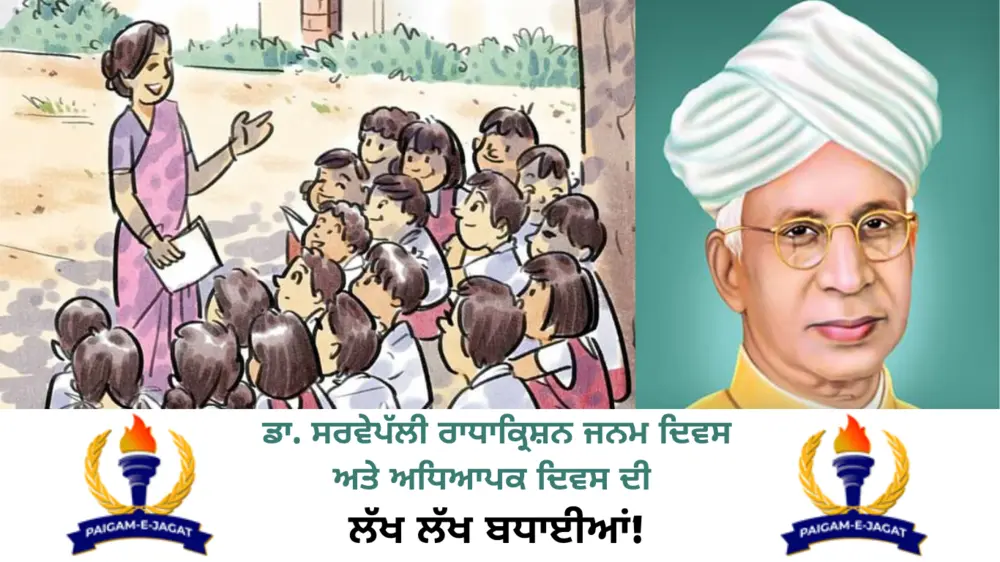
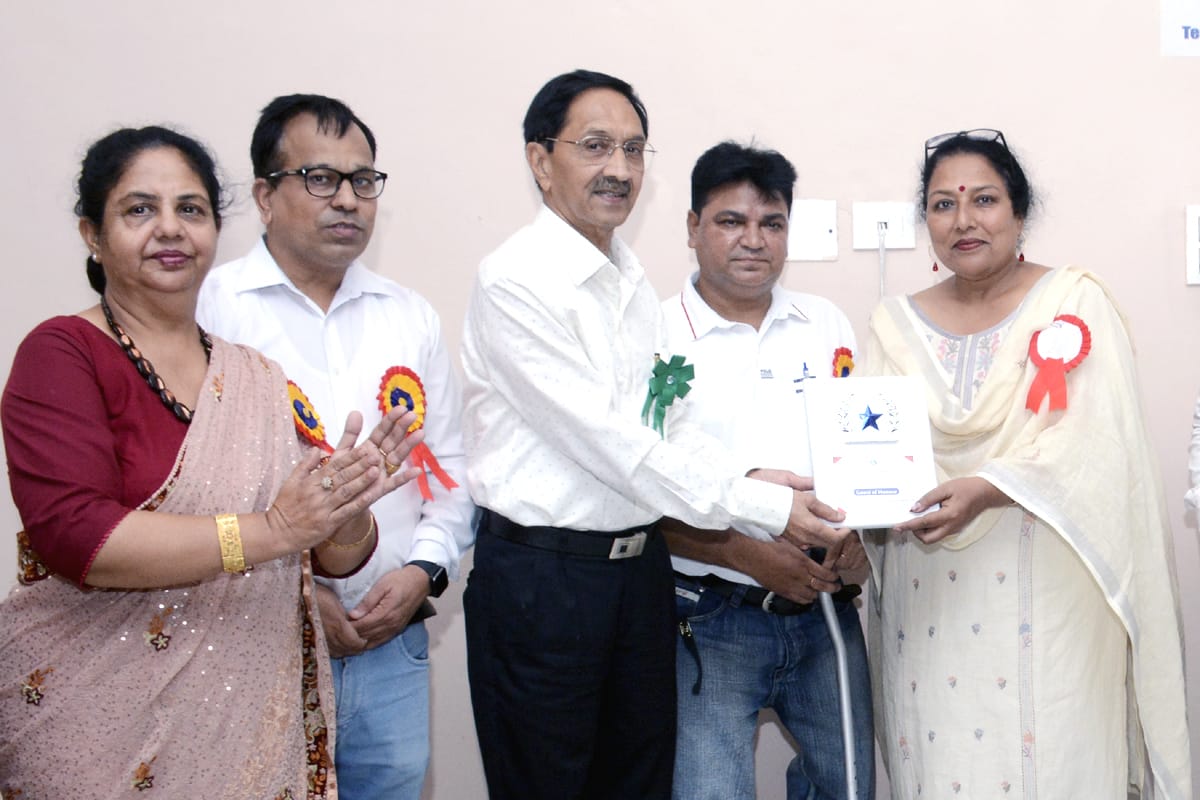
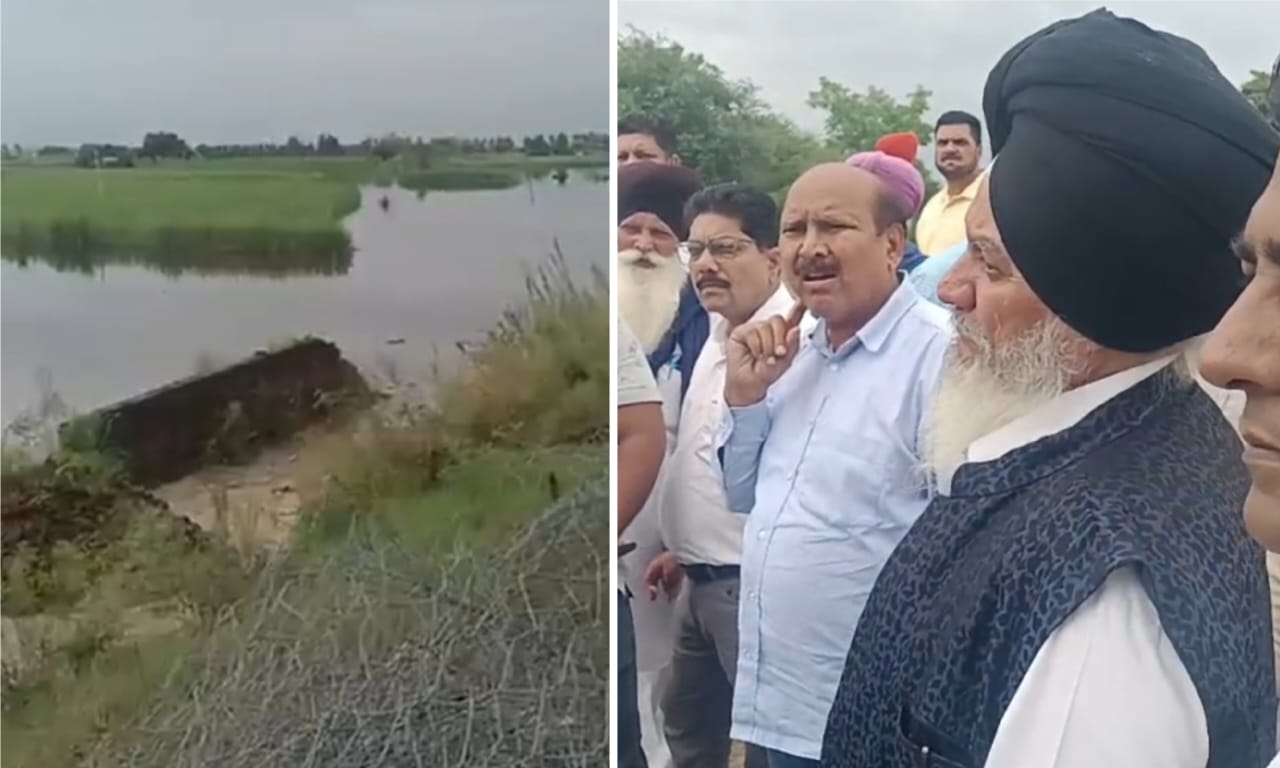
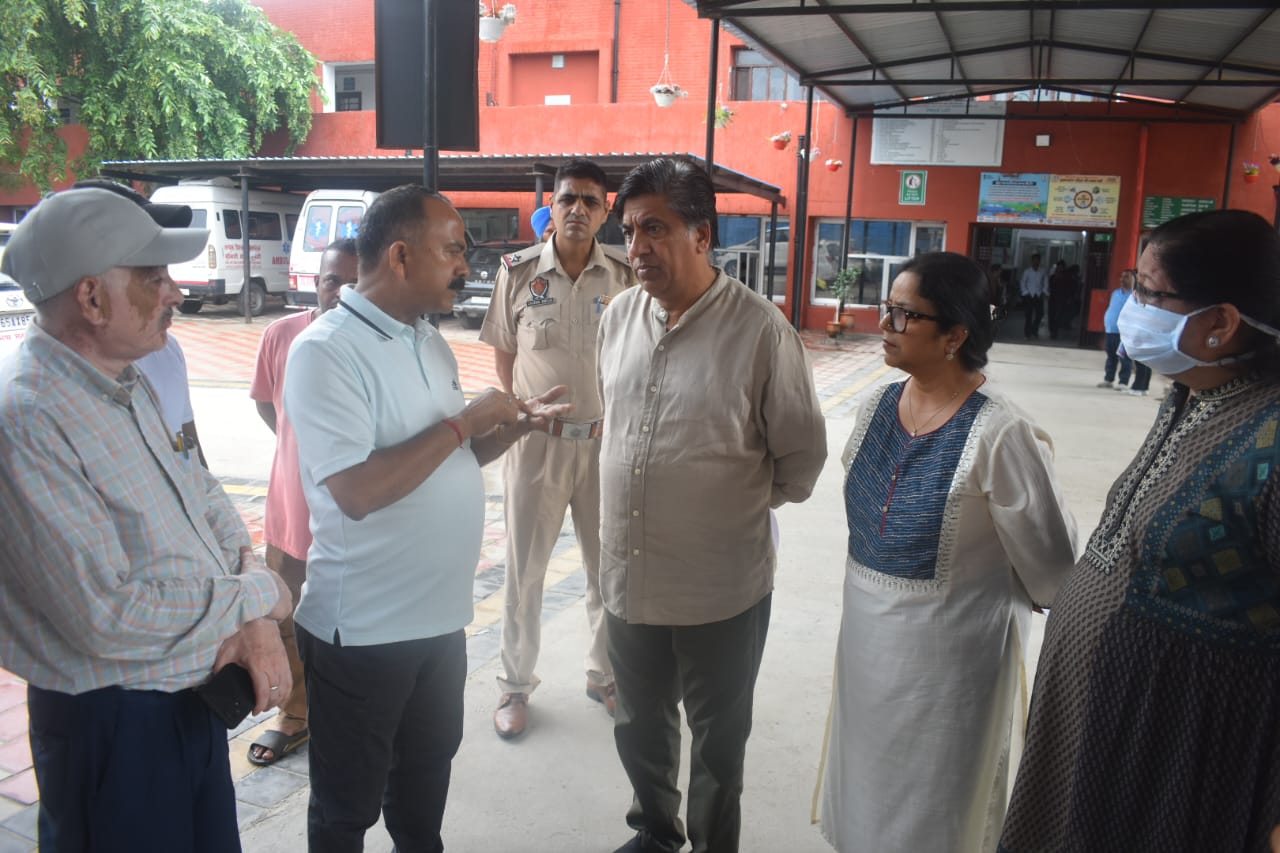


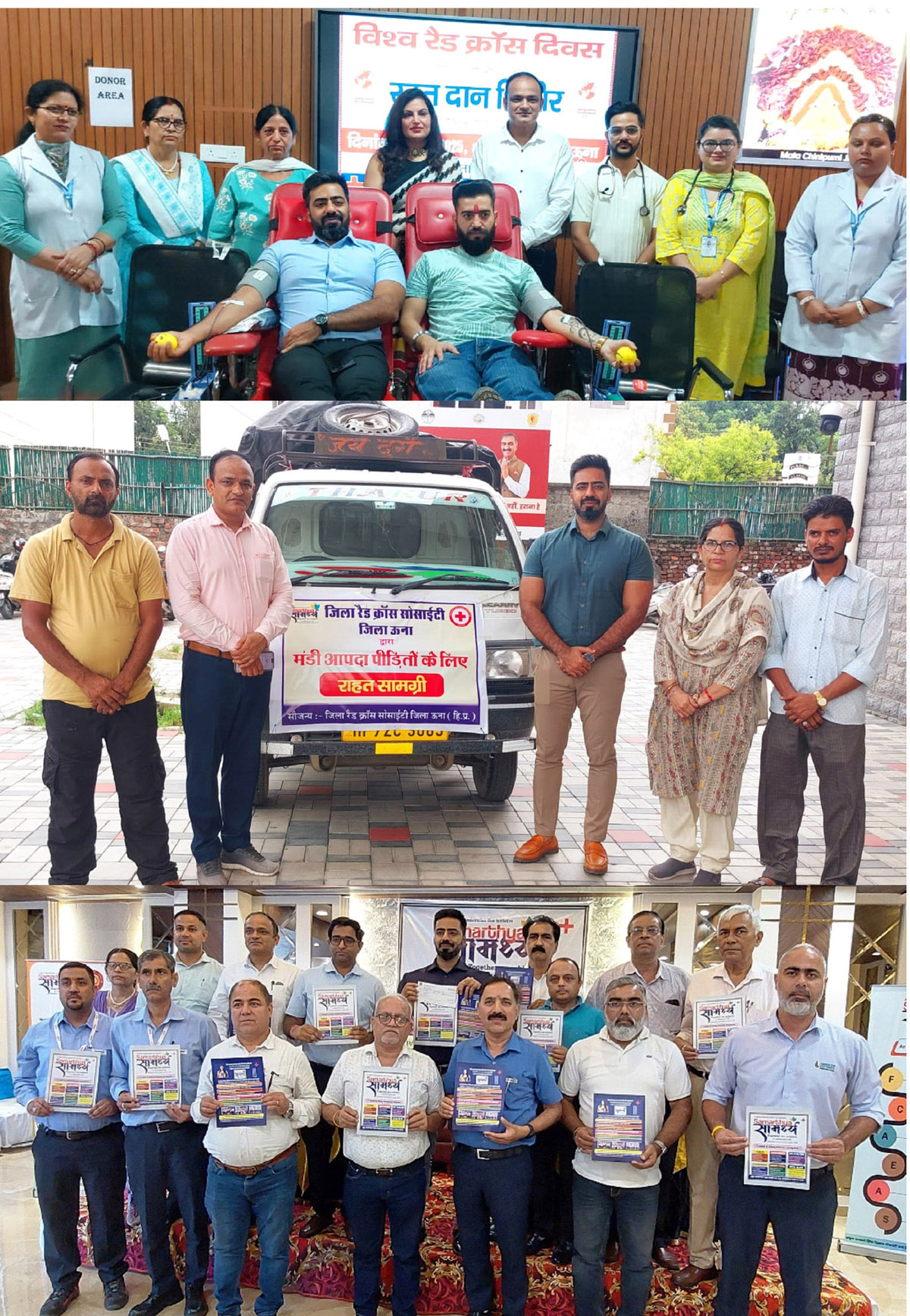

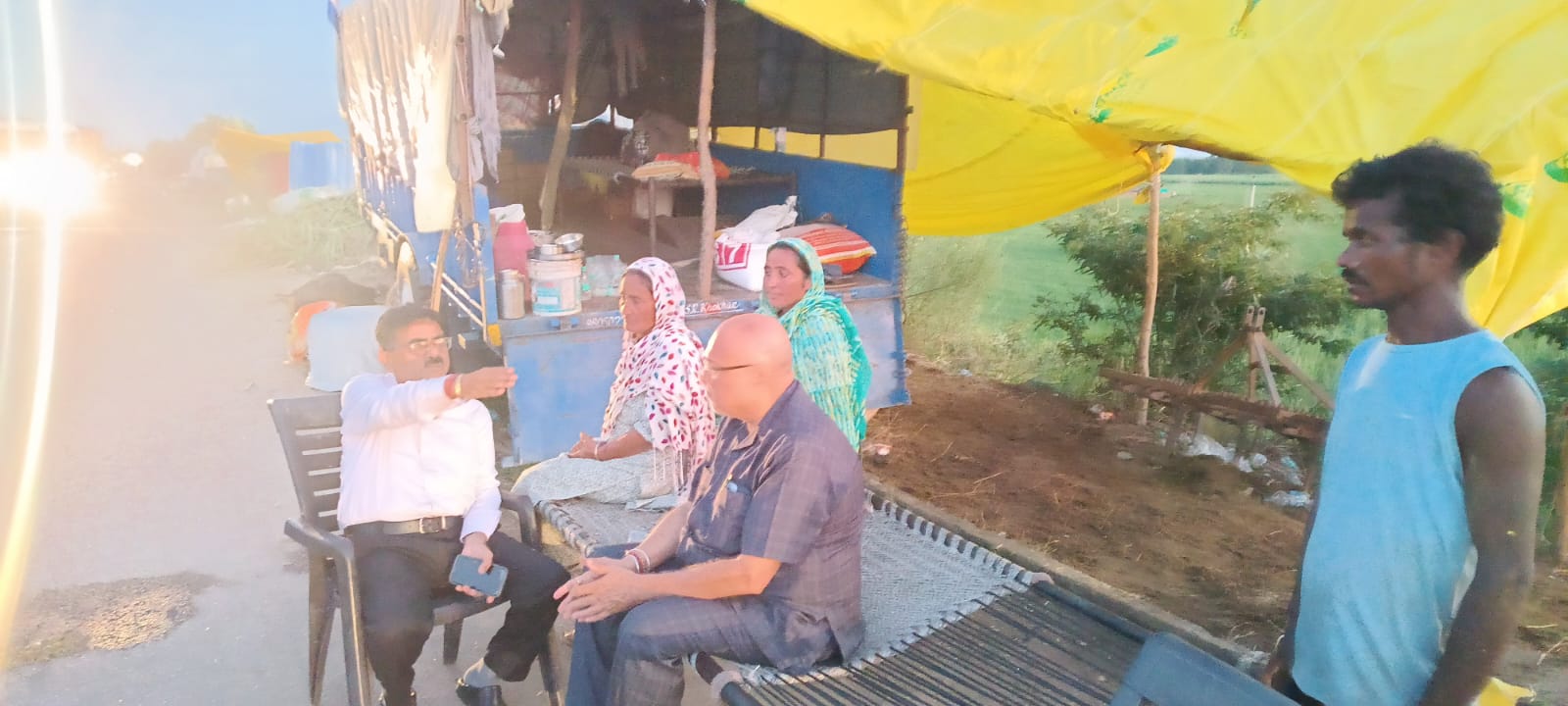
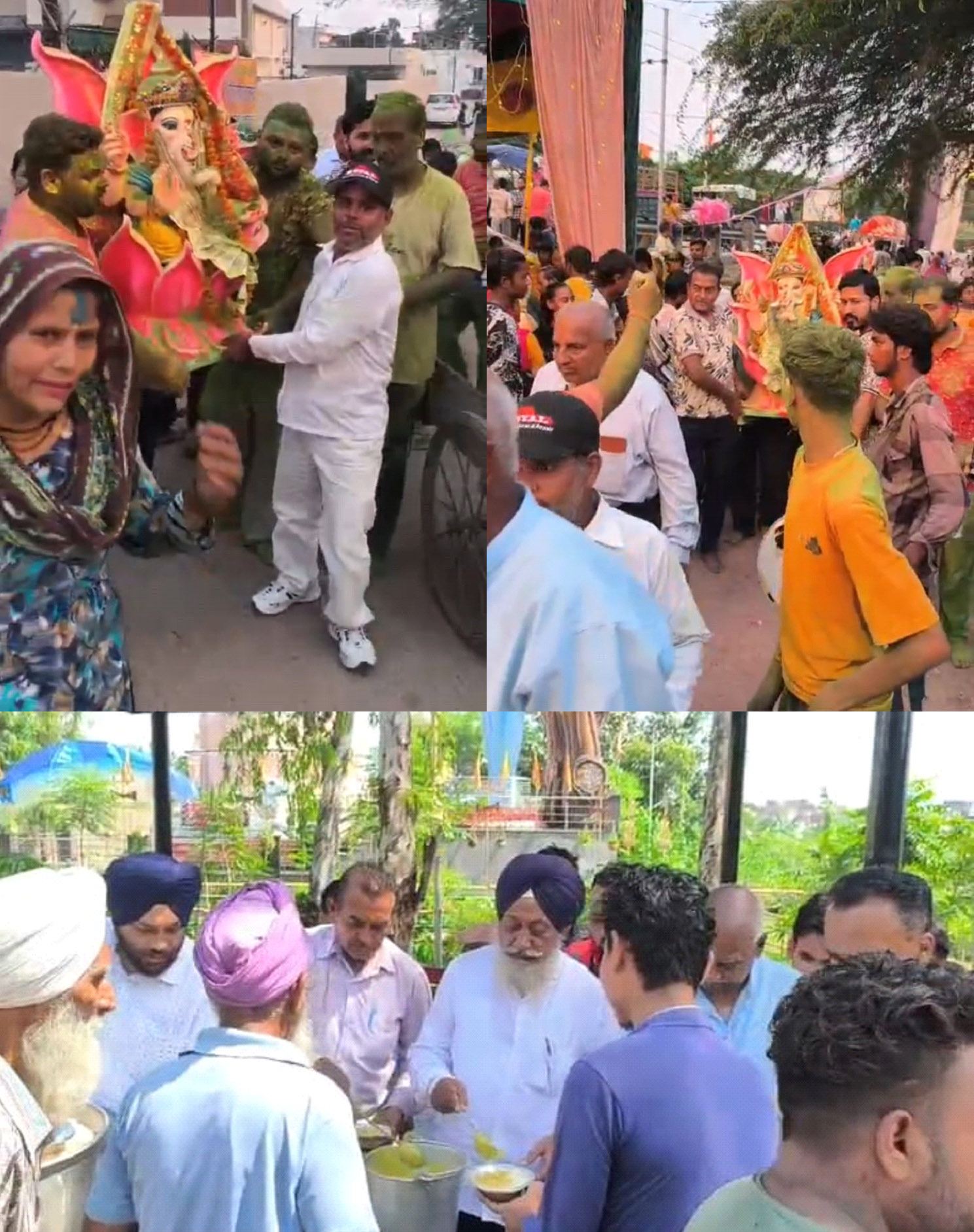


.webp)

